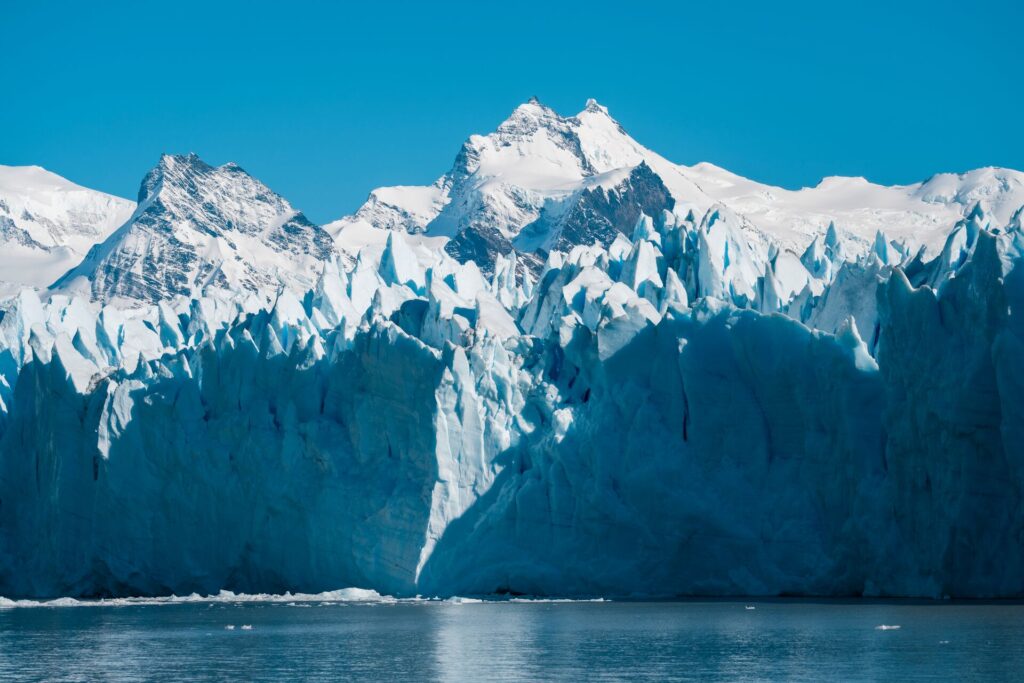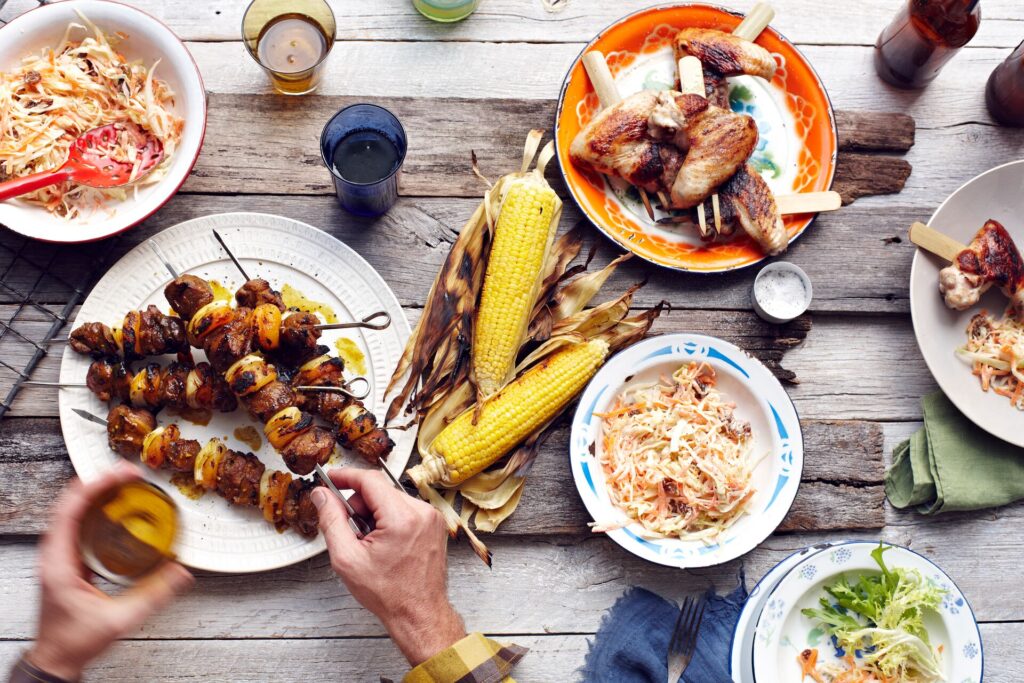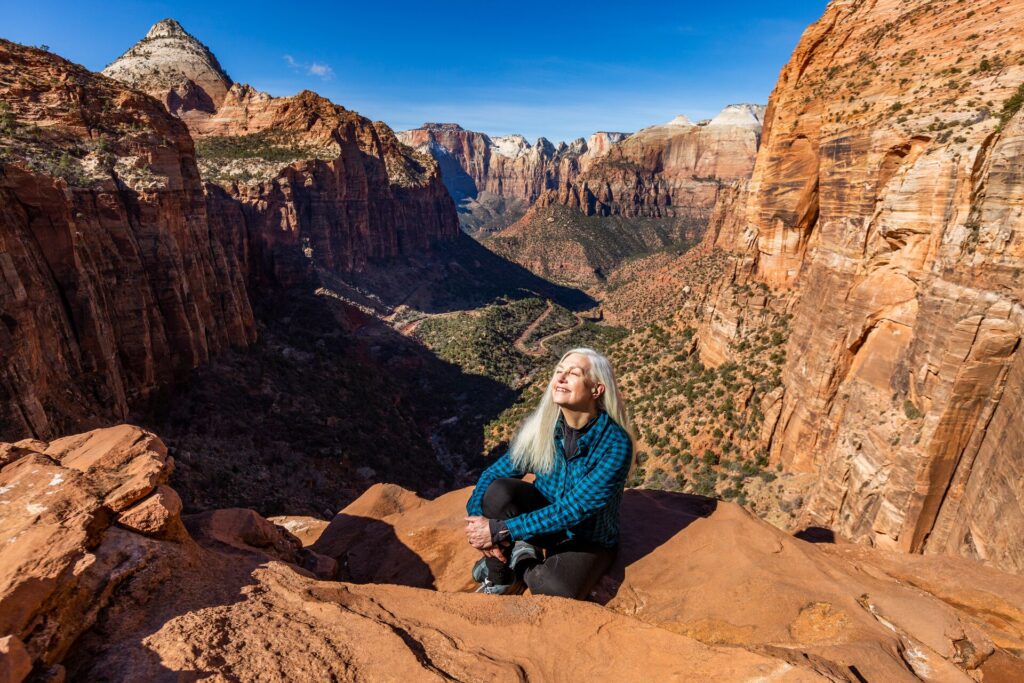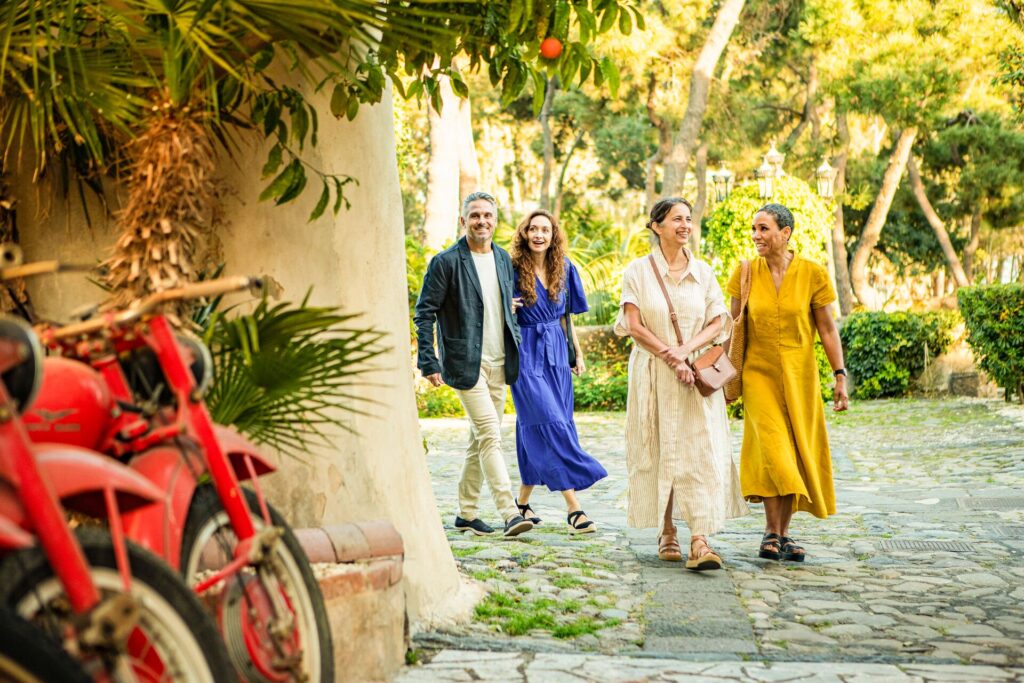The Rhine Valley: Romance and Relaxation in the Heart of Germany
Lying in the picturesque heart of Germany lies the enchanting Rhine Valley, a region steeped in romance, history, and unparalleled natural beauty. Renowned for its winding river, medieval castles, and vineyard-draped hillsides, the Rhine Valley has captivated travelers and inspired artists for centuries.
In this exclusive interview with Chef Andreas, owner of Rhein Hotel Bacharach, we delve into the timeless allure of the Rhine Valley, exploring why it’s a perfect destination for year-round travel. Join us as we uncover the secrets of this captivating region and discover why it continues to charm visitors from around the globe.
You may also like: The German Town of Rothenburg is a Grown-Up Christmas Grotto
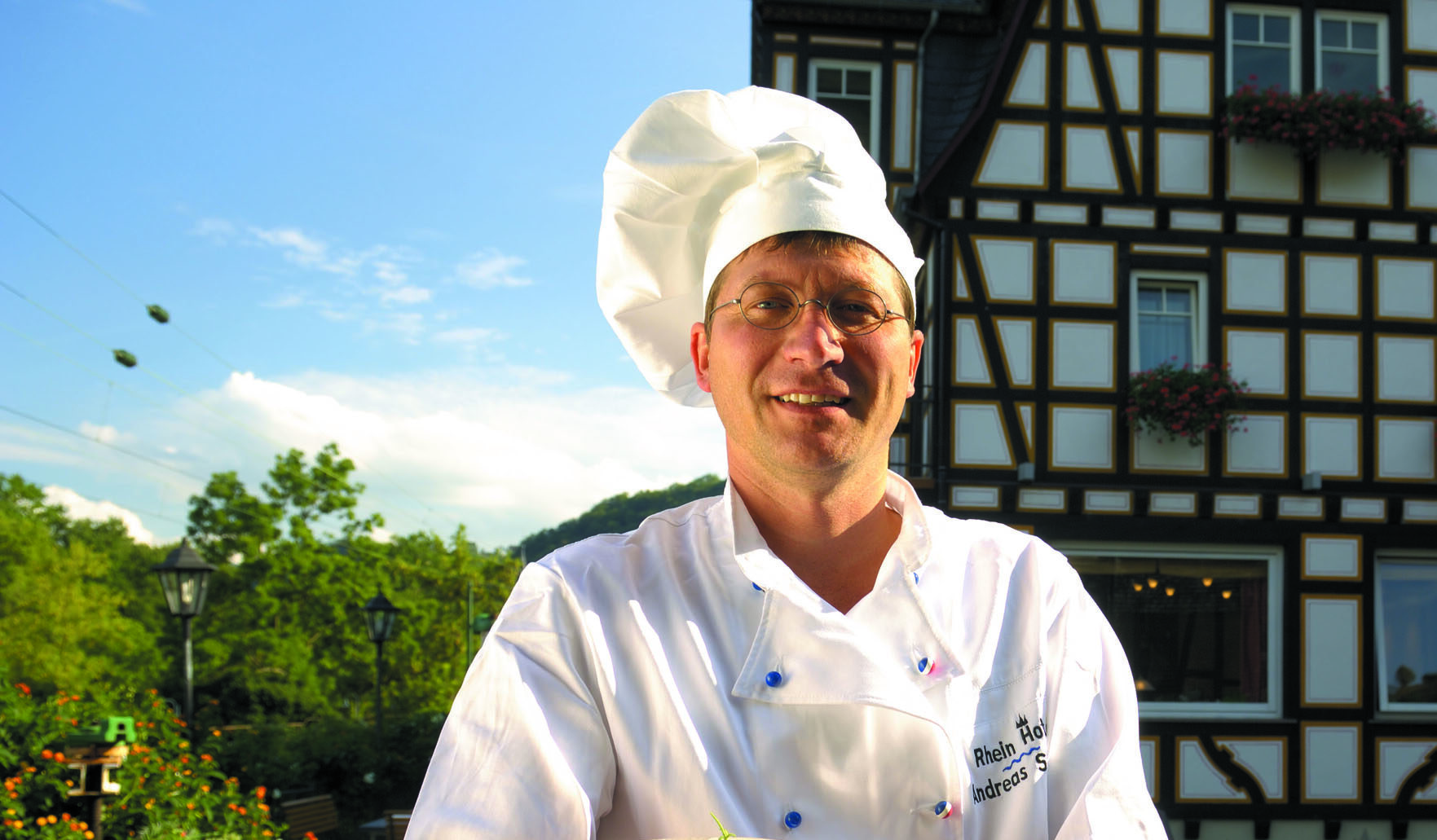
The Rhine is enormous, running for over 1,230km. Which part of the valley are you in?
“We are in the town of Bacharach, in the Rhine Gorge – or the Upper Middle Rhine Valley. The Rhine River is vast, running from the Swiss Alps all the way into the North Sea at Rotterdam. What we call the Rhine Valley really starts in the town of Bingen, in Germany, and runs to the city of Bonn, and the most spectacular part is here – between Bingen and Sankt Goar, where the famous Lorelei Rock is.”
What is it about this section of the Rhine Valley that makes it so spectacular?
“In the Lower Rhine, as it reaches Bonn and Cologne, it’s flat, with wide floodplains and none of the dramatic, steep-sided valleys. But here, in the Middle Rhine, the river takes big meandering turns, with each corner revealing something new: vineyards, cliff-sides, river islands and over thirty castles. Some of these castles are very old, dating from the presence of the Gallic people here, built in the Middle Ages from around the years 1000 – 1200.
“The vineyards are also very special. They are very steep, about 60-70%, so it’s hard work! We are always joking that the people that make the wine must have one leg shorter than the other.”

This part of the Rhine Valley has inspired artists and writers for centuries. How does it inspire you?
“It’s easy to see why artists and writers like William Turner, Lord Byron and Heinrich Heine fell in love with this part of the valley. It’s incredibly peaceful, and wherever you look there’s an amazing view. One of my favorite things to do is take a bottle of wine and find a quiet spot on the hillside to watch the water flow round the islands, watching the boats go up and down, and the breeze moving through the trees and the vineyards. I can sit here for hours, just gathering ideas.”
How does the valley change through the year?
“I love the seasonality of it. Right now, we’ve got one of the earliest springs ever – blossom started appearing on the 19th of February, that’s never happened before. But generally, spring is lovely – the weather is warming up, but its still quiet.
“In the summer, the valley is one of the warmest parts of Germany – it gets very hot to cool off we like to swim in the river. Or, if you’re into water sports, there are loads of options: from windsurfing to kite-boarding, canoeing to stand-up paddle-boarding. In the autumn I like to go hiking and mountain biking, when it’s cooled down a bit and the tracks are quieter again. Or just take a normal bike along the riverfront, where it’s nice and flat and breezy.”
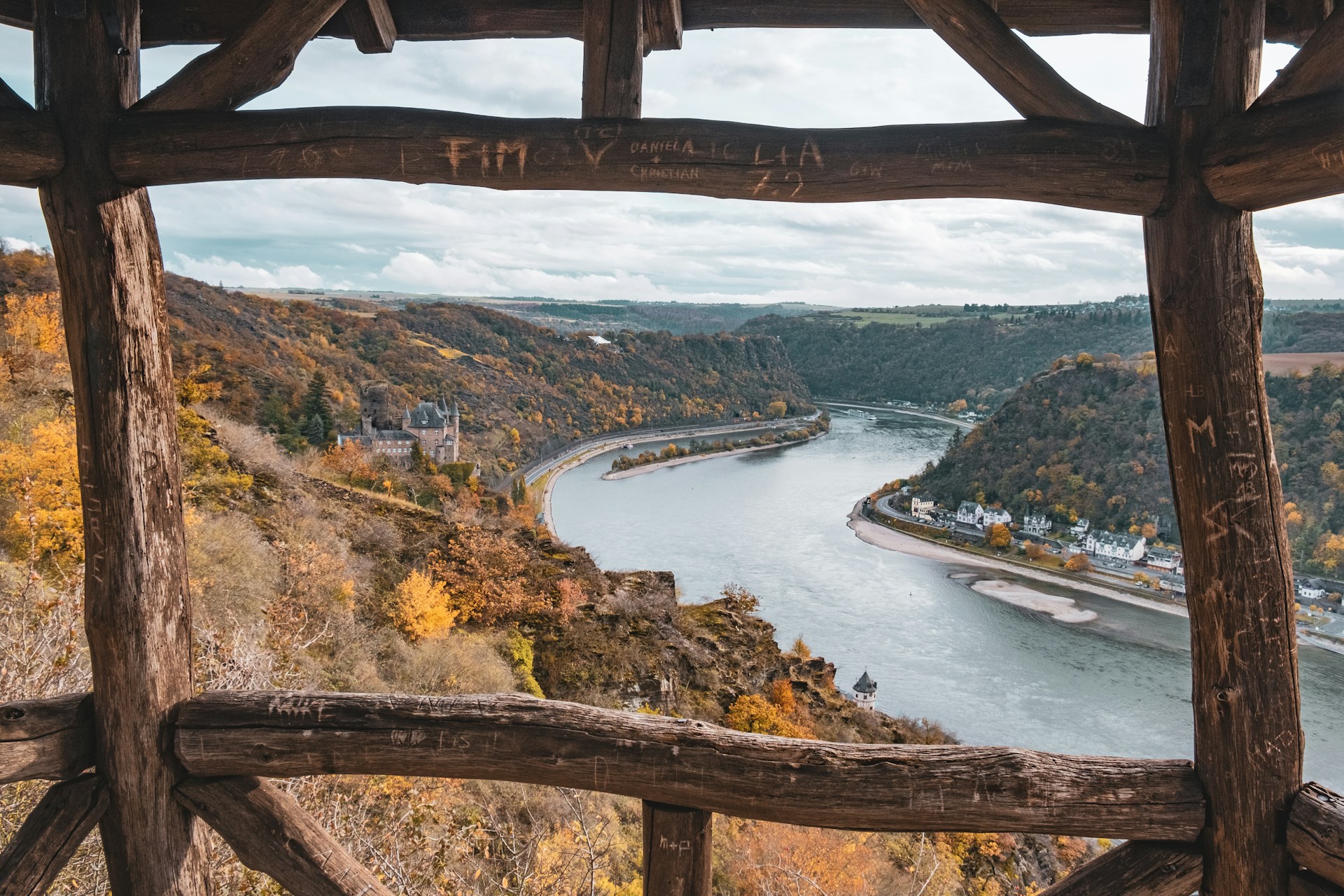
And what about as a chef, how does seasonality affect your menu?
“Summer and early autumn are the best seasons for chefs. There are lots of vegetables, the hunting season really gets going, there are lots of deer, roe deer and wild boar. All kinds of fresh fruit and berries make it easy to be very creative. There’s always lots of fish in the river, so confit fish is always on the menu.”
What you are currently planning for your menu – for spring?
“The first goats, lambs and young goats are now available, fresh wild garlic (wild green garlic), asparagus and, thanks to the warm winter, the first turnips.”
You may also like: Making time: in conversation with one of Germany’s artisan cuckoo clock makers
What can you tell us about the town of Bacharach?
“Bacharach is a very old town, dating back to the Romans and the Celts. They started growing wine in this area around the years 400-500, and according to some sources, was the preferred supplier of wine for many Roman rulers. It has always been a town of significance, because it was the first main trading point in the Rhine for goods going downriver – to the Netherlands, Britain, and the rest of Europe.”
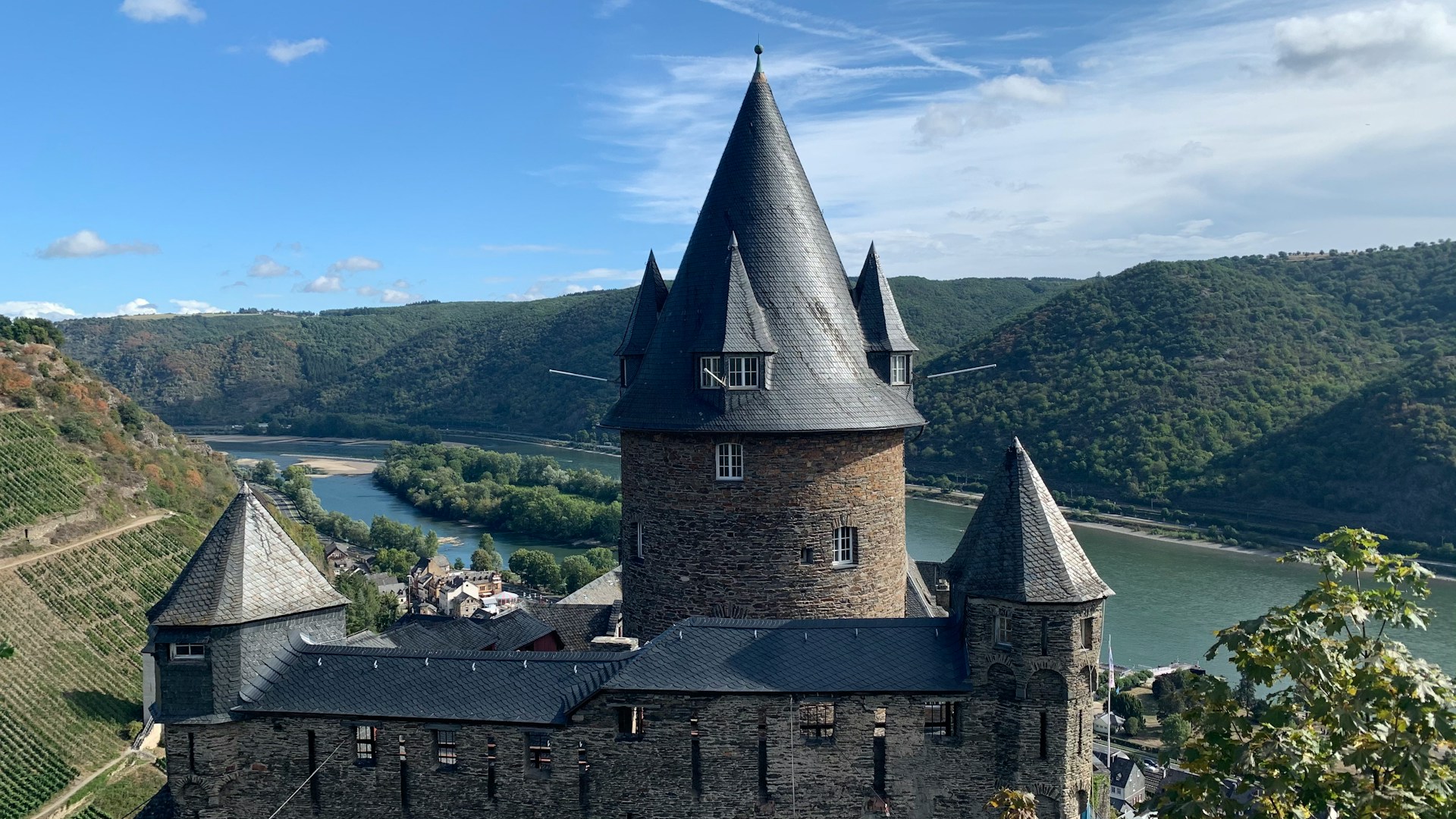
What about the history of the Rheinhotel itself?
“Personally, I’ve lived in this house my whole life – I was born here, and started to help my parents in the business when I was around 5 or 6 years old. It dates back far beyond my family’s ownership, however – to the 1400s, I believe. The roof, second and third floors of the building burnt down in 1830, so these parts are from then. But the first floor, ground floor and cellar are original, from the 1400’s.
“The house was always a winery, and in 1868 they started to sell wine and food. And then in 1927 they started the hotel. We changed the business as you can’t make wine and run a hotel together in one house. It’s not possible, you need space and room. I gave the vineyards and everything to my sister’s organic winery.”
What can guests expect when they dine here?
“When you come and dine with us, you can sit here and look out at the vineyard and know that the wine you’re drinking is from those vineyards. And most of the food has been sourced within a circumference of 30 kilometers or so. It’s all local. We are a slow food restaurant, which means we prioritise locality and seasonality when it comes to ingredients. We’ve been working closely together with producers here for 40 years.”
You may also like: Climbing to the Top: The Insight Guide to the Most Scenic Alpine Towns
Save up to $3,000* per couple on your first Premium Tour
Plus receive latest offers, travel inspiration, and discover how your travels will make a positive impact. Together, WE MAKE TRAVEL MATTER®. Subscribe NowWhat kind of dishes do you like to prepare?
“I mostly use dishes from old cookbooks from the region. For example, my great-great-grandmother’s from 1835, and transfer these old traditional dishes into modern cuisine. It’s very exciting because there was hardly any kitchen technology in the past and yet you still cooked superbly.”
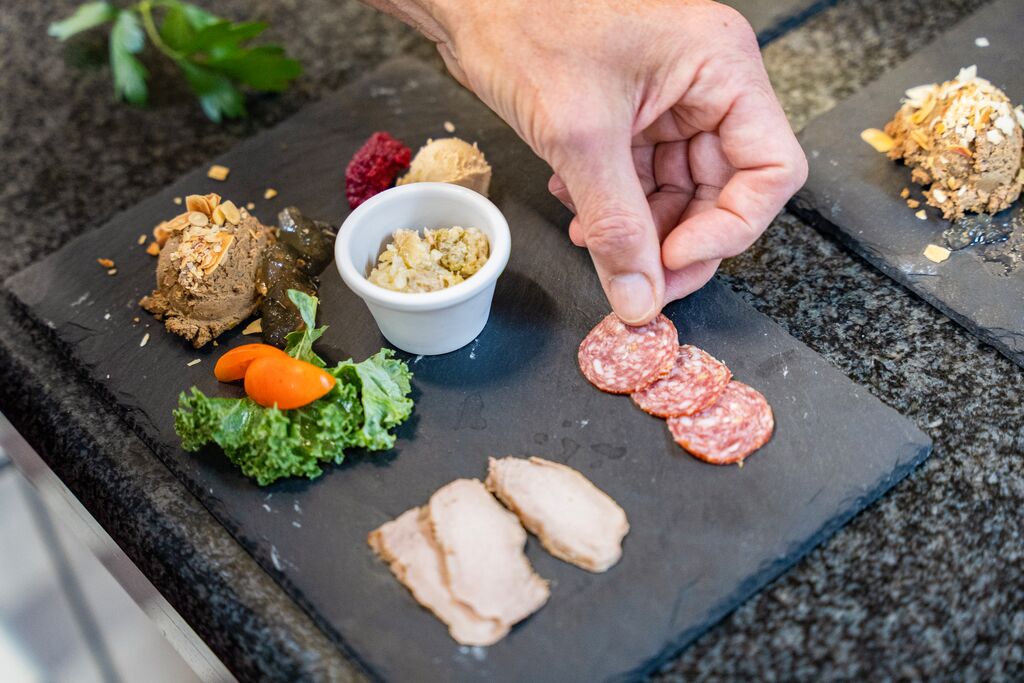
Discover all the sights and insights of this fascinating region on Best of Germany, one of our business-class tours for curious travelers.
LIKED THIS POST? SHARE WITH YOUR COMMUNITY
